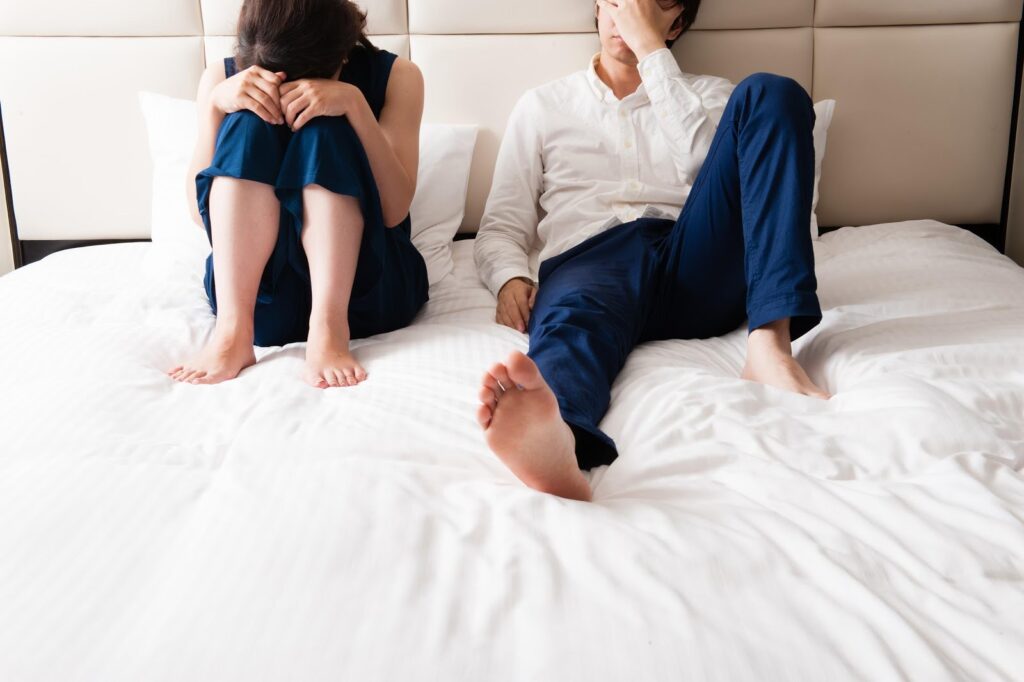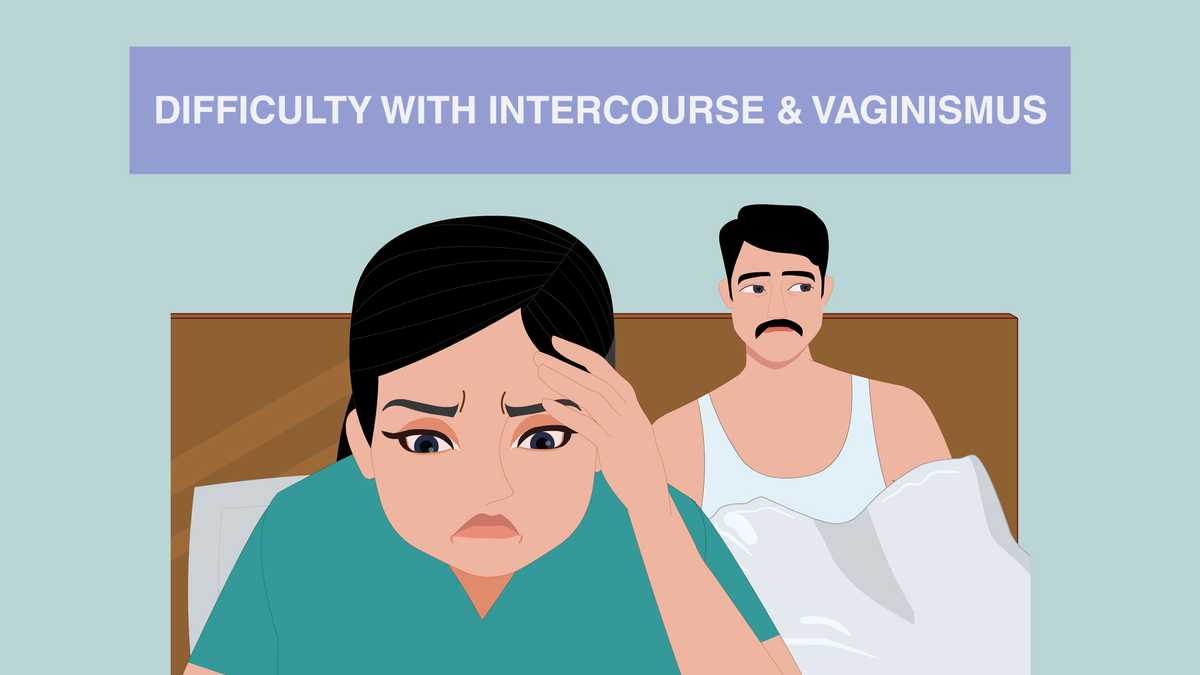Vulvodynia and Vulvar Vestibulitis are intercourse related disorders that can hamper you from having a fulfiling and satisfactory sex life.
Vulvodynia and Vulvar Vestibulitis are intercourse related disorders that can hamper you from having a fulfiling and satisfactory sex life.


What is Vulvodynia?
The word Vulvodynia is derived from the term “Vulva,” which means the external female genital area. Vulvodynia is a pain in the vulva region that usually lasts three months or longer. It is not caused by an infection or skin disorder. The pain of Vulvodynia can be constant, and sometimes it can come and go. However, the problem can be severe when the area is touched.
What are the causes of Vulvodynia?
- Inflammation of the vulva
- Genetic disorders or problems can also cause Vulvodynia
- Sensitivity to certain food items
- Long-term reactions to certain infections
What are the best ways to treat Vulvodynia?
As medical science has dramatically improved, extensive therapies are available to address this problem. There are advanced drugs that can be used in such a situation. It is best to consult a gynecologist who can advise you in the best possible way. There are pain specialists who can treat pain using advanced methods. In many cases, electrical stimulation and ultrasound techniques can also be used to manage pain and achieve rapid pain relief. It is better if you keep track of your pain in a diary.
Perfect steps to overcome pain:
- Wear 100% cotton underwear, so you feel comfortable.
- Always try to clean your vulva with running water and nothing else.
- Use lubricants during intercourse as they are very reliable and safe at the same time.
- The use of fresh gel packs can be beneficial, especially on the vulva.
- Never use a hairdryer to dry the vulvar area, as it can be dangerous.
What is Vulvar Vestibulitis?
Vulvar vestibulitis is a chronic, persistent clinical syndrome characterized by severe pain on vestibular touch or attempted vaginal entry, exquisite tenderness to a cotton-swab and palpation of the vestibular area.
Is Vulvar Vestibulitis Syndrome common?
- Vulvar Vestibulitis Syndrome (VVS) is the most common subtype of vulvodynia that affects premenopausal women.
- The syndrome has been cited as affecting about 10% to 15% of women seeking gynecological care.
What are the symptoms of Vulvar Vestibulitis?
- It tends to be associated with a highly localized “burning” or “cutting” type of pain.
- It can cause severe pain when the penetration of the vagina is attempted and can lead to painful sexual intercourse.
- Usually, there are no reports of pain with pressure to other surrounding areas of the vulva.
- The feelings of irritation and burning can persist for hours or days following sexual activity.
- Emotional issues like a sense of hopelessness and depression due to the pain and anxiety towards sex.
- The pain may be provoked by contact with an object, such as with the insertion of a tampon or penis or with the pressure from sitting on a bicycle seat
What causes Vulvar Vestibulitis?
- Little is known about the exact cause of vulvar vestibulitis but a number of causes may be involved, including infections, chronic recurrent candidiasis, or chronic recurrent bacterial vaginosis.
- Vaginal tightening may happen due to muscular causes
- Finally, psychological factors may contribute to the problem, since the anticipation of pain often results in a conditioned spasmodic reflex action along with a decrease in sexual desire and arousal problems.
How is the syndrome diagnosed?
- The diagnosis could be done by a cotton-swab test, in which pressure is applied in a circular fashion around the vulvar vestibule to assess complaints or levels of pain.
- Laboratory tests can be done to exclude bacterial or viral infection.
- Examination of the vaginal area is conducted to assess whether any atrophy is present
What is the treatment process?
The general treatment process can include a combination of steps depending on the severity of the disorder as provided below:
- General advice and consultation about hygiene and sexual behaviour
- Pelvic floor exercises that can help improve the condition
- Desensitisation exercises to make the vulval area less sensitive to touch and press
- Psychological treatment to sort out relationship problems that often occur as the result of chronic frustration, disappointment, and depression associated with the condition.
Conclusion
Vulvodynia is an intercourse related disorder and can be treated. Vulvar Vestibulitis Syndrome (VVS) is currently recognized as one of the leading causes of vulvodynia or chronic vulvar pain. It is best to consult a specialist if you show the signs and symptoms of this disorder so that with the proper treatment you can manage the condition and not let it interfere with leading your life fully.
Special thanks to Dr.Anita Soni (MD DNB FCPS DGO FICOG) for expert advice





